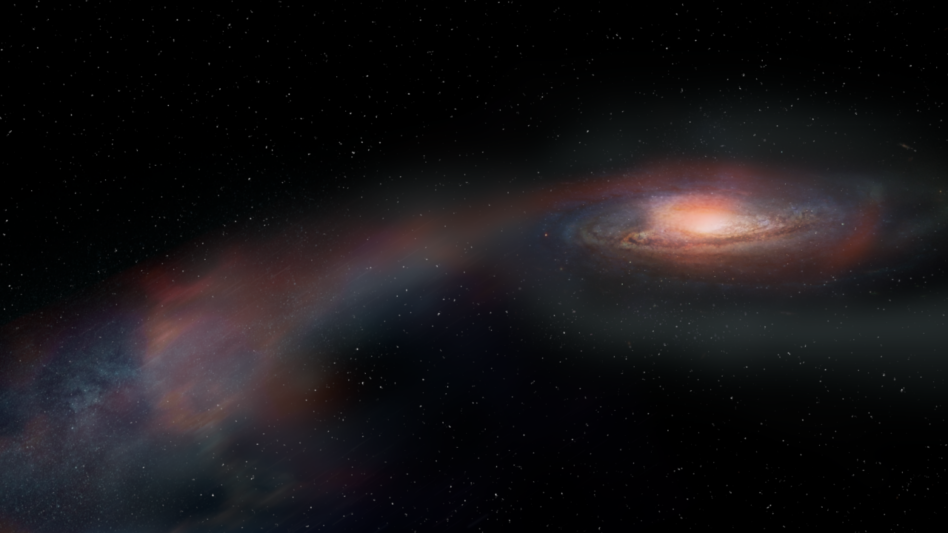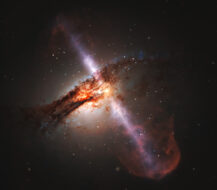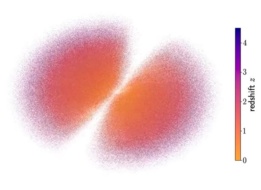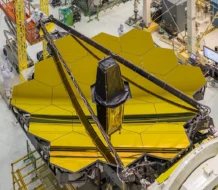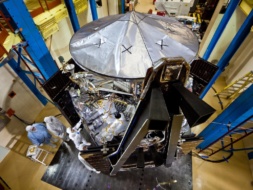This is the way a galaxy dies. Not with a bang but a whimper.
Or, at least, that’s the case for a galaxy identified in a paper released last week. The study challenges the conventional wisdom that galaxy death—which happens when galaxies stop forming new stars—occurs alongside major cosmic events like supernovae or black hole accretion. The galaxy identified in this project, SDSS J1448+1010 (catchy!), died in a much slower way that has never been witnessed by astronomers before.
In this case, a collision between two galaxies sent the pair’s reserves of cold gas, an amount equal to 10 billion times the mass of our Sun, streaming out into space, stopping the process of star birth.
An anomaly in the data
The researchers on the project sought to answer the question of why galaxies die. They pulled from a larger survey of distant galaxies to identify a group that looked like they had been forming stars fairly quickly for a long time, then suddenly stopped.
“It’s really kind of rare for a galaxy to jump off a cliff and stop forming stars really suddenly,” said Justin Spilker, an astronomer at Texas A&M and lead author on the paper. Usually, he said, galaxies are “perfectly happy” to keep slowly forming stars over time.
Of the subset of galaxies identified in the larger survey, Spilker and his team homed in on one: a galaxy that had a long tail of gas extending far from its outer edge. “This particular galaxy that we found—I have looked through a lot of data from radio telescopes in my life, and this was like the weirdest thing that I had ever seen,” said Spilker.
A star is born
Stars form in large clouds of cold gas. Over time, knots of denser gas begin to form, and the bigger these knots get, the stronger their gravity becomes. As these knots collapse in on themselves, they cool and condense faster and faster until the energy released by gravitational collapse and intense pressure causes the dense cloud to heat up and hydrogen atoms to begin to fuse in the core.
Seeing the cold universe: To see that cold gas, scientists need to use radio telescopes, which allow more detailed data from the “cold universe,” per Spilker. For this project, the team used the ALMA telescope in Chile to observe the strange tail of gas alongside the galaxy. To figure out what was causing this tail to form, though, more information was needed.
Complementary observations from Hubble allowed the team to see in more detail what was going on in the galaxy. The space telescope’s imagery revealed the structure of the collision, showing that two galaxies had nearly completed merging into one in a process that takes about a billion years.
The telescopes had to work in tandem for these observations to be possible, Spilker said. “It was hard to tell that it was a galaxy crash just from the radio telescope. And we wouldn’t really have known that there was gas in any interesting place just from Hubble.”
What’s next? Now that the team has found that it’s possible for a galaxy merger to end star formation, the next question to answer is whether this phenomenon is common in the universe. The hunt for other slowly merging galaxies that might fit this description is underway.
